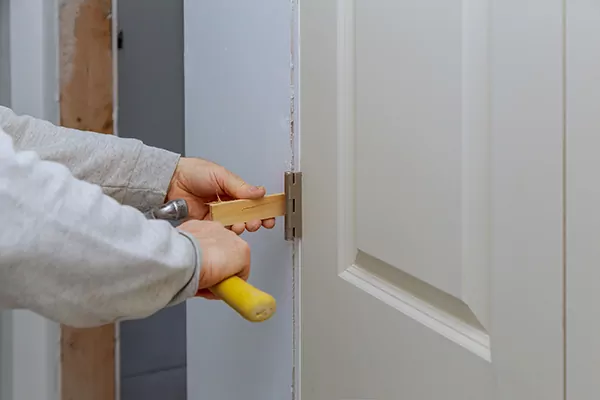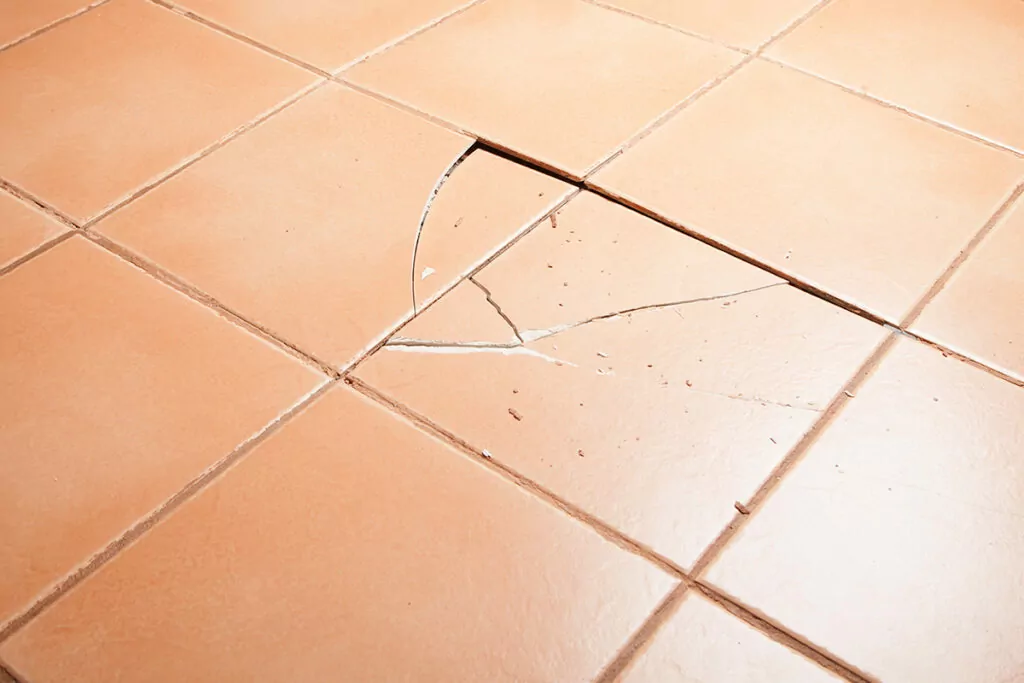During the winter months, it’s common to see condensation gathering on the inside of your windows. But what causes it and how do you get rid of it?
Read on to find out the answer to these questions, as well as how to prevent it from forming in the first place.
What causes condensation on windows?
Condensation occurs when warm air hits a colder surface. The water vapour that is present in the air turns into water (AKA condensation), when it touches the cool surface.
Since windows are usually the coldest surface in the room, this is where condensation is most likely to appear. However, you may also notice it on walls, ceilings and other surfaces in your home.
Dangers of window condensation
Although condensation won’t damage the glass in your windows, it could cause problems if the moisture is able to spread. Depending on your window frames, you could experience wood rot, peeling paint or water damage. If you don’t take action, you may eventually need to replace your window frames all together.
If the condensation is left to spread onto walls and other surfaces, it could then cause mould and damp problems that can affect both your home and your health.
How to stop condensation
Although condensation most commonly occurs on windows, it can appear in other areas around the home. Check out our tips below for how to stop condensation on your windows, walls, bathroom and more.
Windows
As soon as you notice condensation on your windows, use a towel or an absorbent cloth to mop it up. This will prevent the water spreading to your window frames.
It’s also a good idea to open the windows a crack – even 20 minutes a day can help to dry out the air in your home.
Walls
There are a few spots around your home where you might notice condensation on your walls. The steam caused by cooking in your kitchen can often cause condensation to form on the nearby walls, but switching on your extractor fan during cooking can help to reduce it. If this isn’t possible, creating air flow by opening a door or window can do the job too.
Drying clothes indoors is another culprit for condensation, so consider investing in a heated drying rack or a tumble drier. Popping on the heating or opening the windows whilst your clothes are drying can also help.
Basement
Basements are typically colder than the rest of the house and many are poorly ventilated, making them the perfect place for condensation to form.
To combat condensation in your basement, try to improve air circulation by installing an extractor fan, using a dehumidifier, or simply opening the door on a regular basis.
Attic
Many people have hot water tanks and insulation in their attic, which can cause a build-up of condensation. Installing roof vents to release vapour is a good solution to this problem.
You could also improve airflow in your attic by reducing excess clutter to create a more open space.
Bathroom
Condensation can quickly build up in bathrooms after you have a shower or a bath, especially if the moisture in the air has nowhere to escape to.
Open a window or a door while showering to encourage air flow, and if you have an extractor fan then leave it running for around 20 minutes afterwards.
Exterior of windows
If you’re experiencing condensation on the outside of your windows, there isn’t much to worry about since the sun will eventually cause it to evaporate.
However, if it bothers you then consider buying a water repellent for windows to stop condensation from forming on the outside.
How to prevent condensation
Depending on where the condensation is, there are different ways to help prevent it.
Indoors
Condensation inside your home is caused by moisture in the air. There are lots of different ways to tackle it, but we recommend opening windows regularly, using extractor fans and investing in a dehumidifier.
You should also make sure that your home is well insulated, reducing the need for excessive heating.
Outdoors
Condensation that forms on outside windows is less of a problem, but it can still be a nuisance. If you want to get rid of it, then hire a Tasker to clean your windows regularly and try adding water repellent on the outside of your windows.
Between window panes
If you have double-glazed windows, it’s possible for condensation to form between the two pieces of glass. If this happens, it means that the seal is faulty and you’ll need to get it fixed. In some cases this might involve replacing only the window panes, but it’s possible that you may need a new window entirely.
We hope this article has given you the information you need to tackle condensation in your home. If you’d like to get your windows looking super shiny, then hire a Tasker near you today to get the job done.








